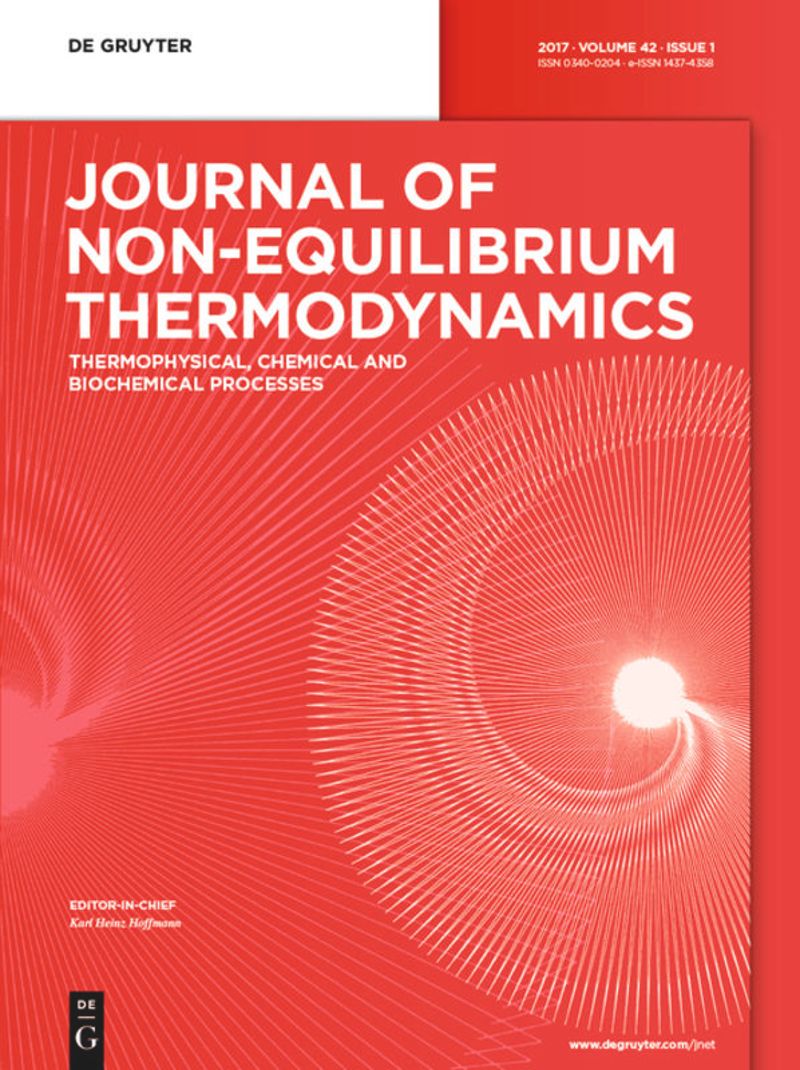Heat transfer analysis of plate versus pin fin heat sinks with GnP-MWCNT/water hybrid nanofluid
IF 4.2
3区 工程技术
Q1 MECHANICS
引用次数: 0
Abstract
Despite advancements in cooling solutions for electronic devices, heat dissipation remains the primary challenge in optimizing heat sink performance in a competitive industry. The current study numerically investigates the performance of plate-fin heat sink (PHS) and pin-fin heat sink (PnHS) using a hybrid nanofluid (GnP-MWCNT/Water) as the working fluid. Key performance parameters, including pressure drop, thermal resistance, effectivity, and turbulent kinetic energy, are analyzed across different Re and nanofluid concentrations. Findings indicate that while the PnHS exhibits higher convective heat transfer due to increased flow disturbances, it also suffers from greater thermal resistance and pressure drop. In contrast, the PHS offers an adequate balance between heat dissipation and flow efficiency, leading to higher overall effectiveness. At Re = 5,334, the pressure drop for 0.20 % nanofluid is 88.5 Pa in the PnHS and 73 Pa in the PHS. Additionally, at Re = 1,333, the effectiveness values for PHS are 0.333 (water) and 0.354 (nanofluid), while for PnHS, they are lower at 0.186 and 0.195, respectively. The current study highlights the interplay between enhanced heat transfer and increased flow resistance, emphasizing the importance of optimizing fin design and nanofluid concentration for efficient thermal management.GnP-MWCNT/水混合纳米流体平板与针翅片散热器的传热分析
尽管电子设备的冷却解决方案取得了进步,但在竞争激烈的行业中,散热仍然是优化散热器性能的主要挑战。本文采用混合纳米流体(GnP-MWCNT/Water)作为工作流体,对板翅片散热器(PHS)和针翅片散热器(PnHS)的性能进行了数值研究。关键性能参数,包括压降,热阻,效率和湍流动能,分析了不同的稀土和纳米流体浓度。研究结果表明,虽然由于流动扰动增加,PnHS表现出更高的对流换热,但它也遭受更大的热阻和压降。相比之下,小灵通在散热和流动效率之间提供了适当的平衡,从而提高了整体效率。当Re = 5334时,0.20%纳米流体在PnHS中的压降为88.5 Pa,在PHS中的压降为73 Pa。此外,在Re = 1333时,小灵通的有效性值为0.333(水)和0.354(纳米流体),而PnHS的有效性值较低,分别为0.186和0.195。目前的研究强调了传热增强和流动阻力增加之间的相互作用,强调了优化翅片设计和纳米流体浓度对有效热管理的重要性。
本文章由计算机程序翻译,如有差异,请以英文原文为准。
求助全文
约1分钟内获得全文
求助全文
来源期刊
CiteScore
9.10
自引率
18.20%
发文量
31
审稿时长
1 months
期刊介绍:
The Journal of Non-Equilibrium Thermodynamics serves as an international publication organ for new ideas, insights and results on non-equilibrium phenomena in science, engineering and related natural systems. The central aim of the journal is to provide a bridge between science and engineering and to promote scientific exchange on a) newly observed non-equilibrium phenomena, b) analytic or numeric modeling for their interpretation, c) vanguard methods to describe non-equilibrium phenomena.
Contributions should – among others – present novel approaches to analyzing, modeling and optimizing processes of engineering relevance such as transport processes of mass, momentum and energy, separation of fluid phases, reproduction of living cells, or energy conversion. The journal is particularly interested in contributions which add to the basic understanding of non-equilibrium phenomena in science and engineering, with systems of interest ranging from the macro- to the nano-level.
The Journal of Non-Equilibrium Thermodynamics has recently expanded its scope to place new emphasis on theoretical and experimental investigations of non-equilibrium phenomena in thermophysical, chemical, biochemical and abstract model systems of engineering relevance. We are therefore pleased to invite submissions which present newly observed non-equilibrium phenomena, analytic or fuzzy models for their interpretation, or new methods for their description.

 求助内容:
求助内容: 应助结果提醒方式:
应助结果提醒方式:


